Check it out! I was featured on ABC7’s morning show to discuss this topic!
Refined grains: the original “processed” food?
While wheat has been a dietary staple for humans for thousands of years, the refined flour we make from it has only been around for a little over a century. Machines make it possible to grind wheat berries into flour, and then separate that flour into its components – the bran, endosperm, and germ.
The bran contains fiber and B vitamins, the germ contains vitamin E and the oils that make vitamin E more digestible, and the endosperm…well, that’s mostly starchy carbohydrate, which your body quickly turns into sugar. “White flour” is made from just the endosperm and then usually bleached, and “whole wheat” flour is all the parts of the grain, pulverized (look for unbleached).
The fiber and oils help the endosperm to digest more slowly, and make it much more nutritionally dense than endosperm alone – stripped of those components, blood sugar rises quickly, and the body has to work harder to bring it down to the right range. Over time, regulating blood sugar becomes more and more challenging to the body – read more about how white flour impacts many body systems – and suddenly the explosion of diabetes we’re seeing isn’t such a mystery!
A little bit of white flour isn’t the problem – this goes far beyond the occasional treat or dessert. The problem is that white flour (also called refined, enriched or all-purpose flour) is has replaced whole grain flour in a very big way:
See the big white gap between the dots and the bars? That’s in part because of increased usage of refined flour, and in part because of our sugar intake went up, too.
The answer is simple
Unfortunately, simple doesn’t mean easy – reversing this trend is a complicated problem on a large scale, from food suppliers to food companies to sales. But luckily, on an individual scale, it’s EXTREMELY doable. There are more products than ever on the market that make great substitutes for refined flour – many flours from whole grains like quinoa, brown rice, sorghum, and non-grains like coconut, black bean, and even crickets!
The key is that they are fiber rich and nutrient-dense (not just gluten free or organic, words that tell you nothing about nutritional value!), and you also have to be willing to experiment since not all of them can replace all-purpose flour cup for cup. Even replacing just part of the white flour in recipes can give you a big nutrient boost! This guide discusses some considerations; and Bob’s Red Mill provides this one.
Not into baking or cooking? Here are ways to cut out the white flour:
- Only buy (and order!) 100% WHOLE wheat or whole grain bread, wraps, bagels, pasta products (if it just says “wheat” that usually means “white flour!” – look for that 100% to be sure the grain used was whole grain)
- The word “multigrain” is also an indicator refined grains are an ingredient – it just means the maker used multiple grains that could all be refined
- Snack on nuts and seeds, not pretzels and crackers
- If you do choose crackers, look for “whole wheat” or “whole grain” to be the first two words on the ingredient list
- If you’re a cereal eater, look for bran or oat based cereals that have at least 5g of fiber per serving
Recipes to get you started
If you’re ready to get cookin’ then here’s where to start:
Lemon Chia Seed Breakfast Muffins (adapted from The Healthy Maven)
Ingredients
- 1 cup almond flour
- 1/4 cup coconut flour
- 1 cup brown rice flour
- 2 tsp baking powder
- 1/2 tsp sea salt
- 2 T chia seeds
- 1/2 cup unsweetened applesauce or canola oil
- 2 lemon’s juice (about 1/2 cup)
- 1 lemon’s zest
- 3 large eggs
- 1/4 cup honey
- 1 tsp vanilla extract
Directions
Preheat oven to 350 degrees F. In a large bowl combine almond flour, coconut flour, baking soda, baking powder, chia seeds and sea salt. In a separate bowl combine oil/applesauce, lemon juice, lemon zest, eggs, honey and vanilla extract. Add wet ingredients to dry and stir to combine. Line a muffin tray with paper liners or silicone liners or grease well and divide batter evenly among wells.
Bake for 23-25 minutes, watching carefully to not burn (unlike I did…). Remove from oven and let cool in tray for 10 minutes. Remove from tray and allow to cool on a wire rack.
Salted peanut butter banana cookies (adapted from Amy’s Healthy Baking)
Ingredients
- 1 cup spelt flour
- 1 cup whole wheat pastry flour
- 2 tsp baking powder
- ¼ tsp salt
- 1 medium banana
- ½ cup peanut butter
- 2 tsp vanilla extract
- 1/4 cup + 2 Tbsp milk of choice
- 1/2 cup sugar of choice
- extra kosher salt for sprinkling
Directions
Preheat the oven to 350°F, and line two baking sheets with parchment paper or silicone baking mats. In a medium bowl, whisk together the flours, baking powder, and salt. In a separate bowl, stir together the mashed banana, peanut butter, vanilla, and milk. Stir in the sugar. Add in the flour mixture, stirring just until incorporated. Chill dough for 15 minutes (this makes it much easier to work with).
Shape the dough into small spheres and flatten. Bake for 9-11 minutes. Cool on the baking sheets for 10 minutes before turning out onto a wire rack.
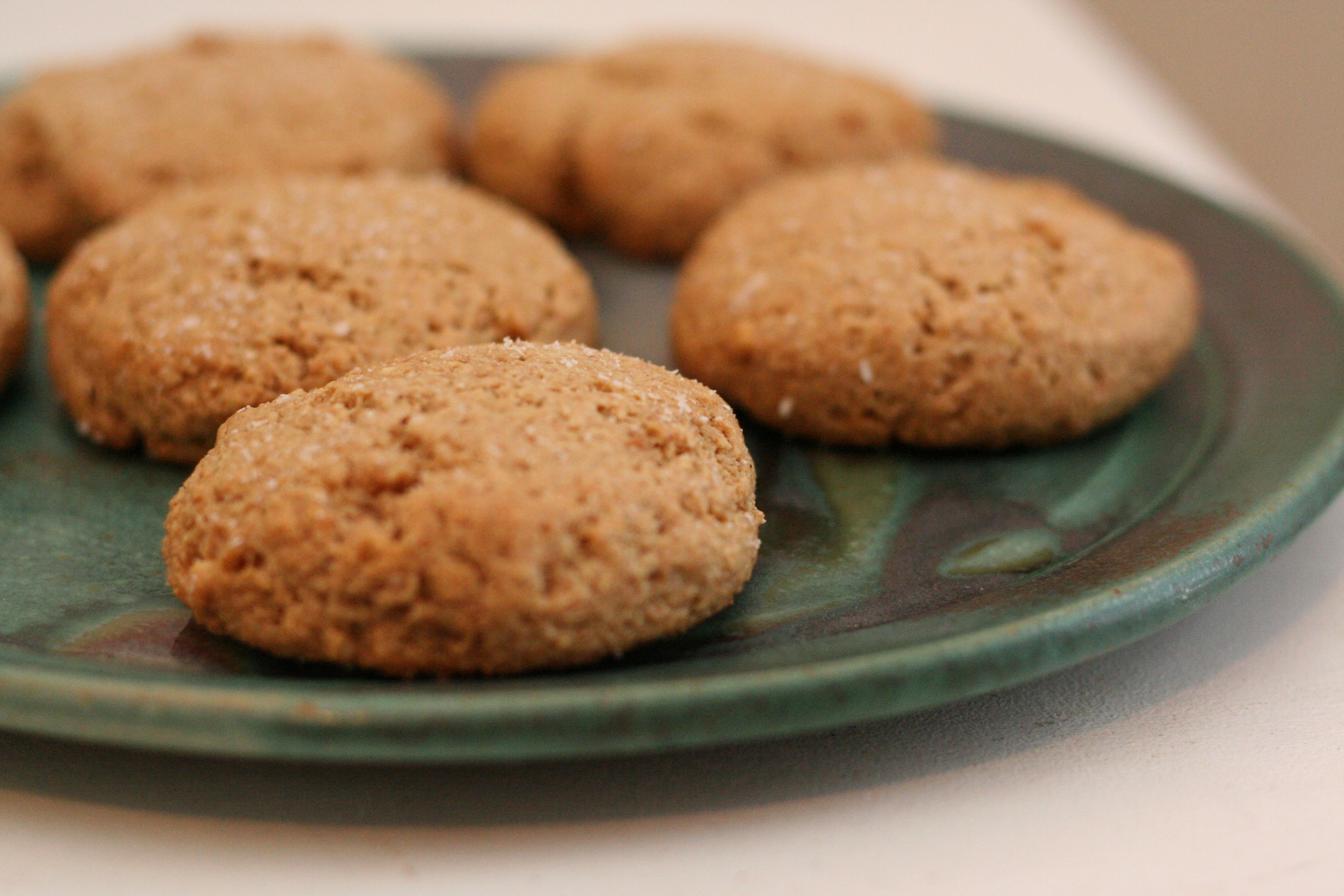
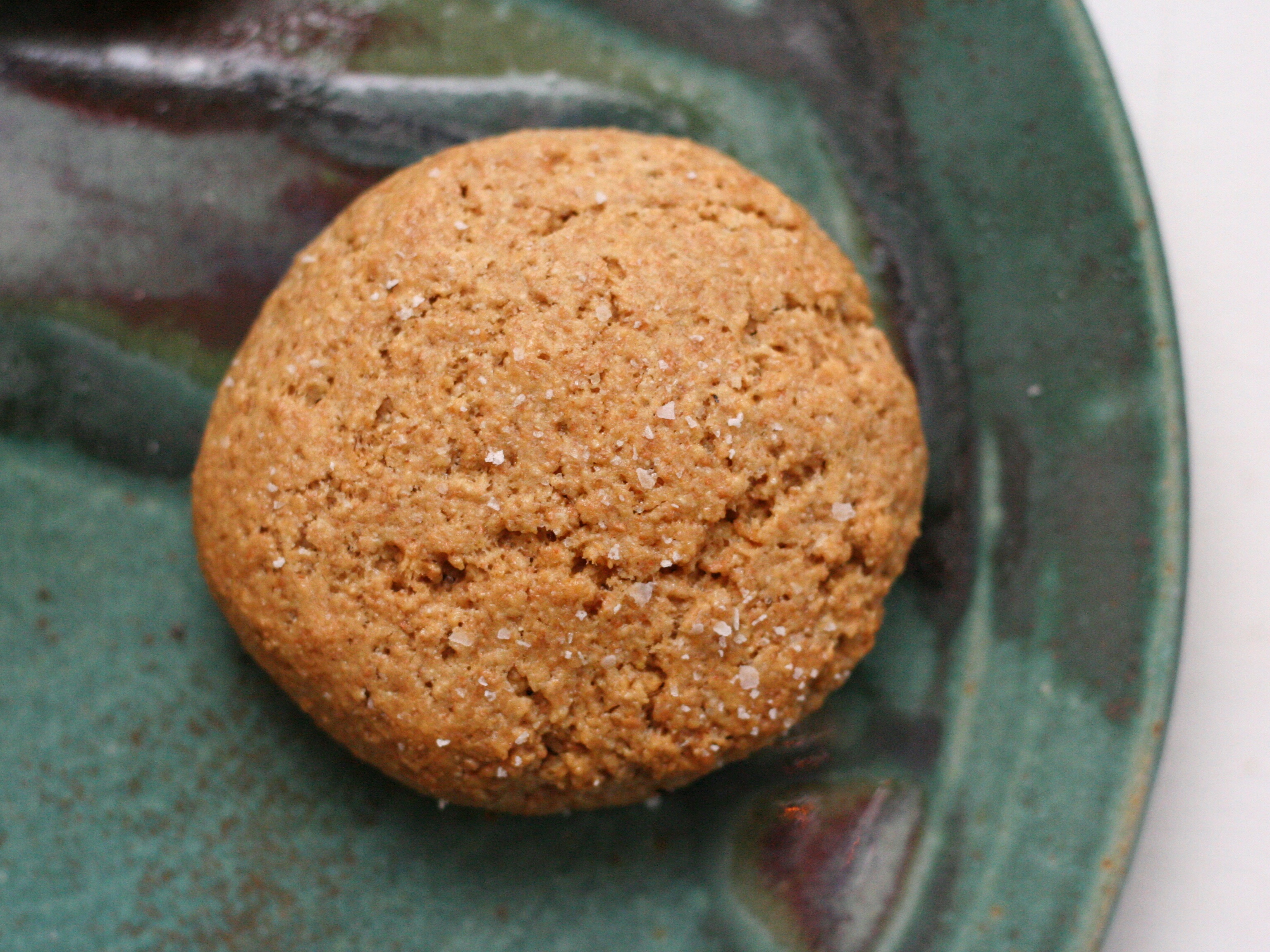
For more innovative uses of alternative flours, check out my fellow bloggers:
- Raw Coconut Rum Balls
- Coconut Plantain Chips
- 4 Ingredient Paleo Mango Coconut Pancakes
- Flourless Pumpkin Spice Muffins
- Vanilla Coconut Cornbread
- Orange Buttermilk Muffins
- Double Chocolate Chip Cookies
- Paleo Lemon Bars
- Chocolate Lava Cake
- Pumpkin Spice Latte Cookies
- Butternut Squash Bread
- Vegan & Gluten-free Blueberry Muffins
- OLYMPUS DIGITAL CAMERA






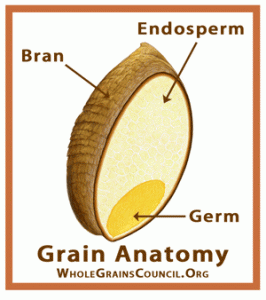
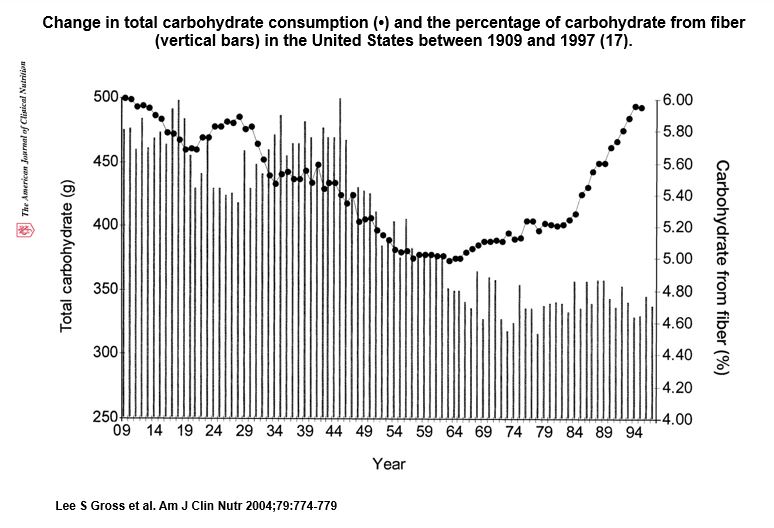
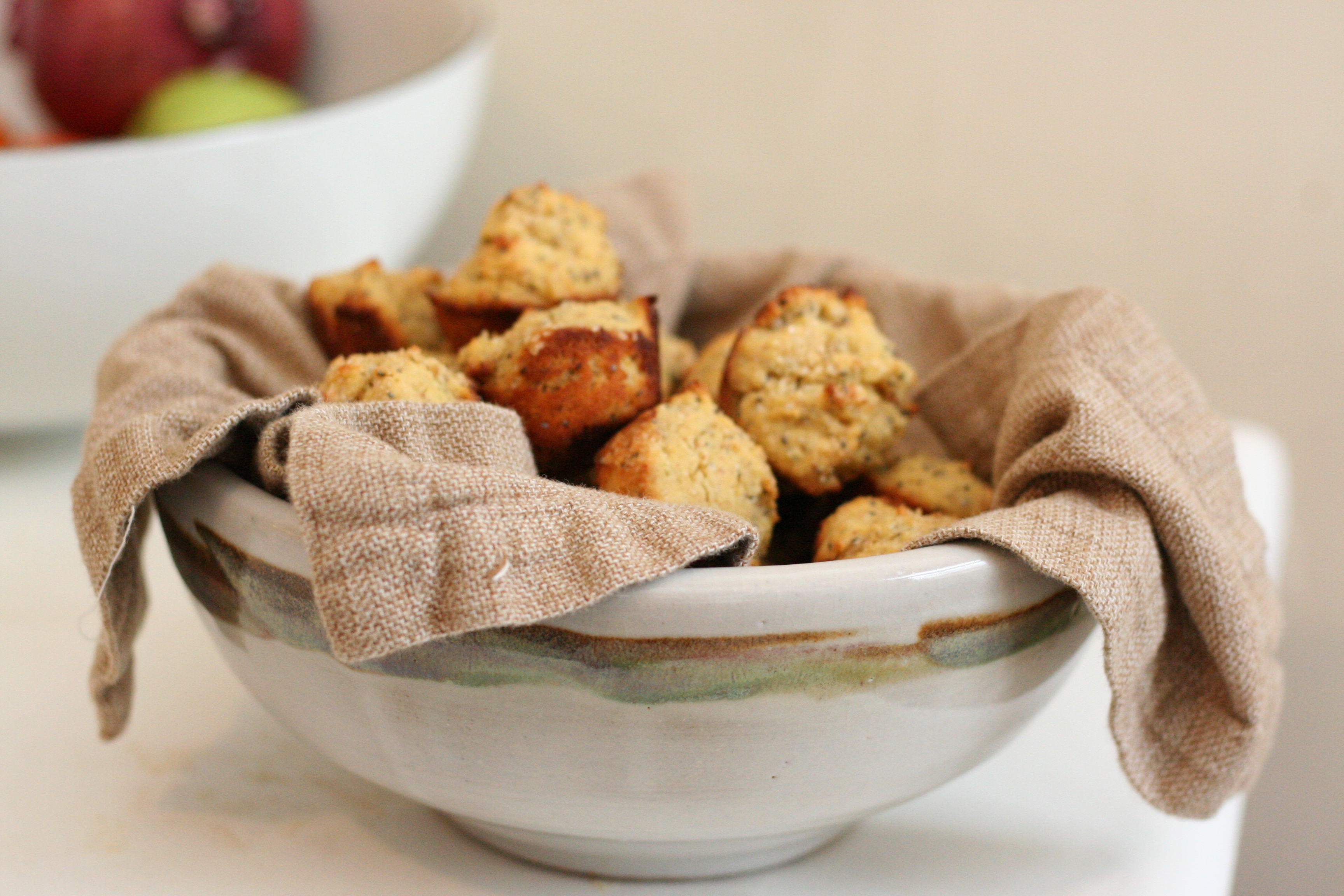
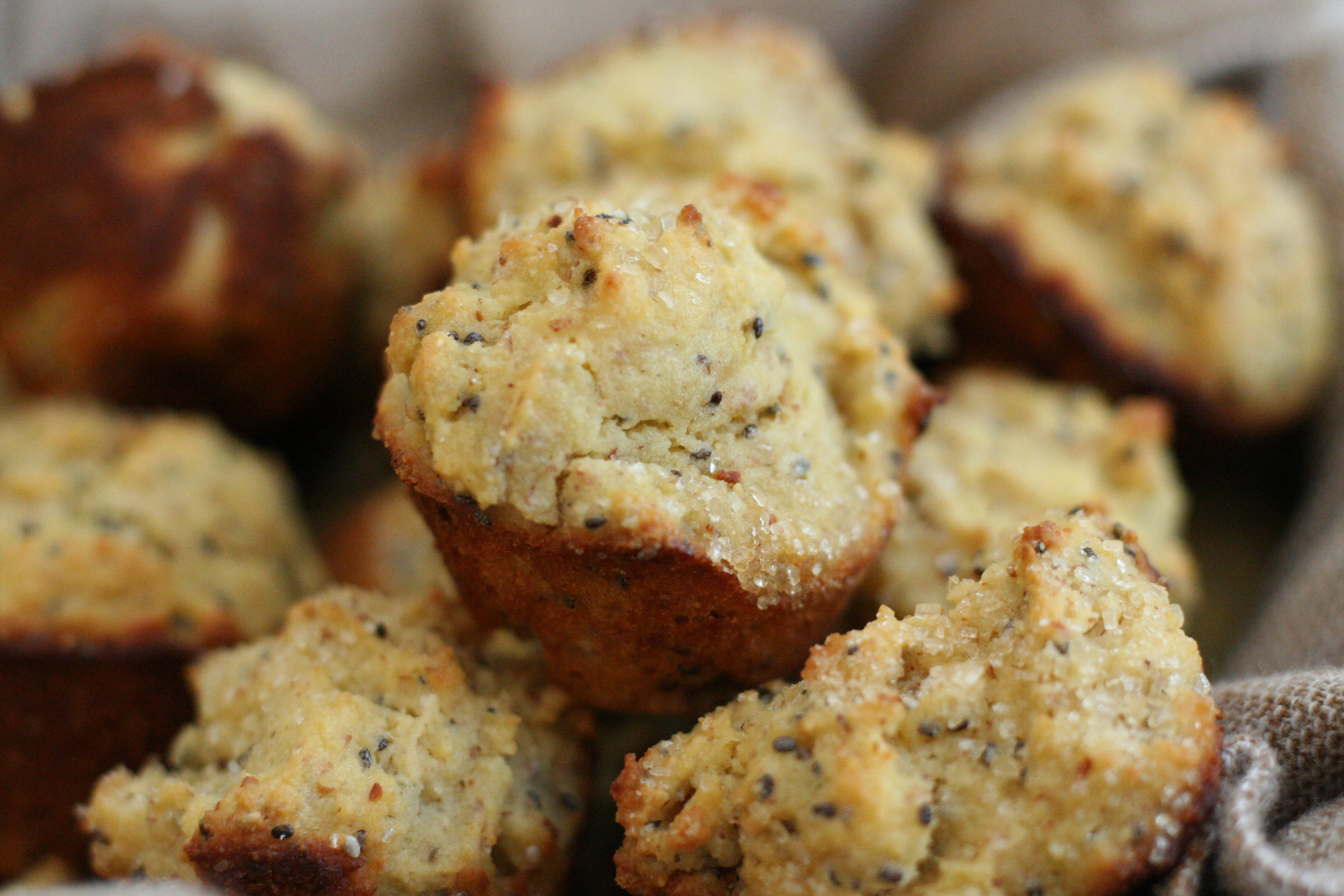

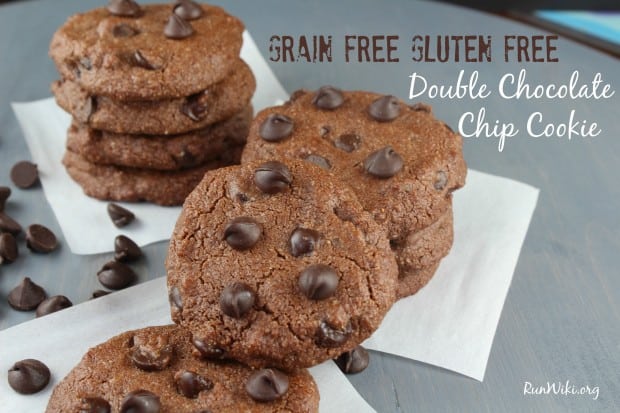
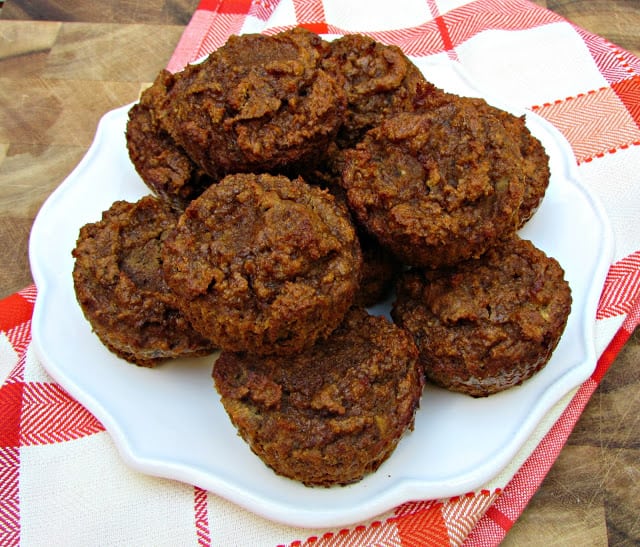
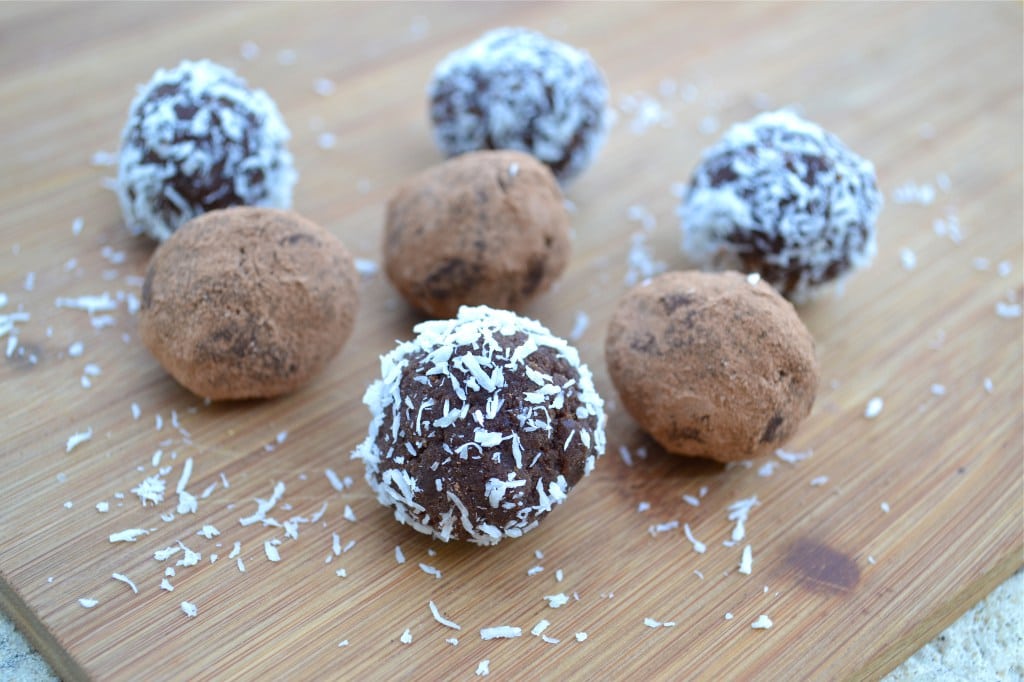
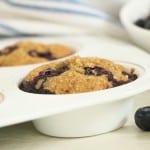


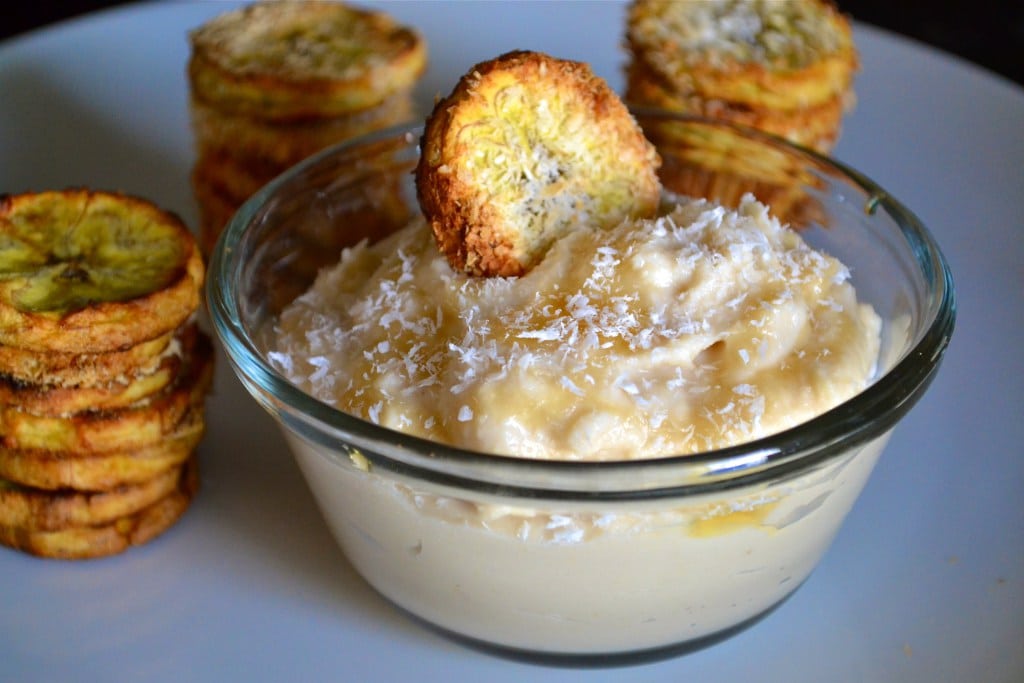


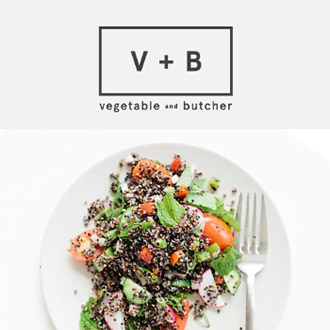

I saw your piece on TV this a.m. and am looking for your Salted Peanut Butter Banana Cookies
Let me know if you make them Deb! Thanks for watching 🙂
This article is so needed and so well written. Love the recipes too!
Thanks lady 🙂
Thank you so much for featuring my recipes!! Great post!
You’re welcome, and thanks!
love this info girl, thanks for sharing my recipe!
xo,
Sarah Grace
Thank you!! Love your IG!